Corillon vs. Pom-Kee: Breed Differences and Similarities
Hypoallergenic
Are Corillons or Pom-Kees hypoallergenic, or neither?
Unfortunately, neither Corillon nor Pom-Kee are hypoallergenic, which may not make them the best choice for dog lovers who suffer from pet allergies.
Temperament
What are the personalities of Corillon and Pom-Kee dogs?
Playful
Happy
Energetic
Alert
Intelligent
Friendly
Affectionate
Lively
Going
Cheerful
Active
Playful
Agile
Intelligent
Friendly
Docile
Obedient
Quick
Lively
Sociable
Attentive
Trainable
Bright
Sturdy
Extroverted
Shedding Level
Do Corillons shed more than Pom-Kees, or which breed sheds more, Corillons or Pom-Kees?
Corillons are moderate shedders, but regular brushing can reduce shedding and maintain coat health.
Pom-Kees are heavy shedders, but regular brushing can help manage shedding and promote a healthy coat.
Ancestry
What are the origins of Corillon and Pom-Kee breeds?
Papillon and Pembroke Welsh Corgi
Keeshond, Pomeranian
Breed recognition
Which kennel clubs recognize/register Corillon and Pom-Kee?
ACHC = American Canine Hybrid Club
DDKC = Designer Dogs Kennel Club
DRA = Dog Registry of America, Inc.
IDCR = International Designer Canine Registry®
DRA = Dog Registry of America, Inc.
Date of Birth
When were Corillon and Pom-Kee breeds first developed?
Unknown
Eye Color Possibilites
What are the eye colors of Corillon and Pom-Kee dogs?
Brown
Brown
Nose Color Possibilites
What are the natural nose colors of Corillon and Pom-Kee?
Black
Black
Coat Color Possibilites
What are the natural colors of the coat for Corillon and Pom-Kee breeds?
Black
Brown
Red
Fawn
Pied
Black
Fawn
Blue
Gray
Brown
Red
Cream
Sable
Brindle
White
Coat Length
What is the typical coat length for Corillon and Pom-Kee breeds?
Corillons have medium-length coats.
Pom-Kees have longer coats compared to most dogs.
Coat Density
What is the density of the coat of Corillon and Pom-Kee?
Coat Texture
What is the hair texture of Corillon and Pom-Kee?
Straight
Litter Size
What is the usual litter size for Corillon and Pom-Kee?
A Corillon can have a litter of 6-7 puppies on average. However, it's worth noting that the size of the litters can vary greatly. Factors that can influence litter size include the health of the mother, breeding history, and genetics.
A Pom-Kee can have a litter of 3-8 puppies on average. However, it's worth noting that the size of the litters can vary greatly. Factors that can influence litter size include the health of the mother, breeding history, and genetics.
Adaptability
Corillon and Pom-Kees are known for their adaptability and versatility. They are capable of adapting well to a wide range of lifestyle changes and living environments, making them great companions for families and individuals of all lifestyles.
Health Issues
Between Corillon and Pom-Kee, which breed is more prone to health problems?
Corillon and Pom-Kee breeds are generally considered to be healthy. However, like all breeds, they are susceptible to certain health issues and it is important to keep an eye out for them and address them with your veterinarian as needed.
Major Concerns
What are the major health concerns for Corillon and Pom-Kee breeds?
Hip Dysplasia
Legg-Calve Perthes Disease
Hip Dysplasia
Mono/Bilateral Cryptorchidism
Diabetes
Patent Ductus Arteriosus (PDA)
Minor Concerns
What minor health issues should be kept in mind when owning Corillon and Pom-Kee?
Patellar Luxation
Cataracts
Glaucoma
Von Willebrand's Disease
Hydrocephalus
Tracheal Collapse
Sick Sinus Syndrome
Pateller Luxation
Heart Defects
Occasional Tests
What occasional tests are recommended for Corillon and Pom-Kee breeds?
Blood Test
Eye Examination
Physical Examination
Radiographs
Internal Imaging (x-ray, CT scan, MRI, etc.)
X-rays of various parts of the skeletal system
cardiac and hip, blood and eye exams
Echocardiography (ultrasound)
Social Needs
Corillon vs Pom-Kee social needs comparison
Corillon and Pom-Kee have very high social needs. These needs include regular mental and physical stimulation, a job or purpose, and companionship. They thrive in environments where they have a lot of interaction with humans and other dogs.
Sleeping Need
Which of the two sleeps the most/least: Corillon or Pom-Kee?
Corillons sleep less than other breeds but still need adequate sleep for good health.
Pom-Kees have moderate energy levels and typical sleep patterns of 12-14 hours per day.
Mouthiness
Mouthiness Comparison: Corillon vs Pom-Kee?
Roaming urge
Corillon vs Labrador: Running away tendency?
Prey Drive
Corillon or Pom-Kee - which breed has a higher level of prey drive?
Past times
What are some enjoyable activities and ways to keep Corillon and Pom-Kee entertained?
Treat training, Tug-of-war, Long walks, Movie Time, Where am i, Catch treats, Bath time, Hide & Seek, Fetch, Walks, Cuddles, Walking, Playful, Walk, Hike
Dog Parks, Hiking, Running, Fetch, Walks
Activity Level
Which breed has higher energy, Corillons or Pom-Kees?
Both Corillon and Pom-Kee are medium-energy dogs that enjoy socializing and playing with other dogs. They may engage in casual or sustained games of chase, and occasionally have bursts of barking or racing around the house.
Tolerance of being left alone
Walks per Week
How many miles should Corillon or Pom-Kee walk each week?
Corillon and Pom-Kee generally need a minimum of 7 miles of walking per week, but it can be increased as long as they are comfortable with it.
Activity per Day
Do Corillons or Pom-Kees require more exercise?
In general most Corillons usually need at least 60 minutes of exercise daily. This can be spread across the day and include all sorts of high-energy activities, like walking, running and playing.
In general most Pom-Kees usually need at least 45 minutes of exercise daily. This can be spread across the day and include all sorts of high-energy activities, like walking, running and playing.
Grooming
Which breed is easier to maintain in terms of grooming, Corillons or Pom-Kees?
The Corillon requires an average amount of grooming compared to other breeds.
Pom-Kees require significant grooming, including regular trims and professional grooming assistance to maintain their coat. They may also require frequent bathing to keep their coat and skin healthy.
Brushing Frequency
What is the recommended brushing frequency for Corillon and Pom-Kee dogs?
Ideally, Corillon should be brushed at least 2 or 3 times a week (preferably daily) improve shedding.
Pom-Kee should be brushed at least once a week. Of course you can give them more frequent brushes if you find that they are still shedding a lot
Brushing Tools
What brushing tools are used for Corillons and Pom-Kees?
Slicker Brush
Comb
Deshedder
Nail Clipper
Pin Brush
Dematter
Deshedder
Nail Clipper
Cups
How much food should be given to Corillon or Pom-Kee in cups?
For an average 15-25 pound (7 - 11 kg) Corillon feed 1 cups daily. But, keep in mind, the amount you feed is going to be dependent on the quality of the food you are feeding.
For an average 3-45 pound (1 - 20 kg) Pom-Kee feed 2 cups daily. But, keep in mind, the amount you feed is going to be dependent on the quality of the food you are feeding.
Daily Cost
Which breed has a higher daily cost, Corillon or Pom-Kee?
The average cost of a Corillon is somewhere $1.10 - $1.40 per day.
The average cost of a Pom-Kee is somewhere $1.70 - $2.00 per day.
Monthly Cost
Which breed has a higher monthly cost, Corillon or Pom-Kee?
The average per month expenses of a Corillon is between $35 - $42. This makes an average of $420 - $504 per year. It will be on the higher side when the dog is still small because it will need more frequent visits to the vet, shots.
The average per month expenses of a Pom-Kee is between $48 - $63. This makes an average of $576 - $756 per year. It will be on the higher side when the dog is still small because it will need more frequent visits to the vet, shots.
Sensitivity Level
How do Corillon and Pom-Kee compare in sensitivity?
This breed is sensitive and requires gentle handling and a calm home environment.
This breed is sensitive to its environment and best suited for patient and understanding families with a consistent routine.
Apartment Friendly
Which breed is more apartment-friendly: Corillon or Pom-Kee?
Corillon and Pom-Kee are apartment-friendly dog breeds. They can do perfectly well in apartments providing they are sufficiently exercised and taken out and about as part of their owner's daily lifestyle.
Child Friendly
Do Corillons or Pom-Kees have a friendlier temperament towards children?
Corillons make excellent family pets for kids due to their gentle, protective nature and calm temperament.
Pom-Kees have an average level of friendliness towards children.
Senior-friendly
Which dog is more suitable as a pet for the elderly - Corillon or Pom-Kee?
Cat Friendly
Do Corillon or Pom-Kee breeds have a better compatibility with cats?
Corillons and Pom-Kees are very cat friendly dogs. They generally make good companions for cats.
Dog Friendly
Which breed is more sociable with other dogs: Corillon or Pom-Kee?
Corillons are average in their friendliness towards other dogs, and socialization can help.
Pom-Kees are friendly and active companions, and can be good family pets, though their friendliness towards other dogs may vary.
Pet friendly
How do Corillon or Pom-Kee dogs interact with other pets?
Stranger Friendly
Which breed is more friendly with strangers: Corillon or Pom-Kee?
Corillon and Pom-Kee are friendly dogs and typically won't bark at strangers. However, if you wish to change this behavior, training them is easy thanks to their intelligence, making it pretty simple to teach them anything.
Playfulness
Which breed is more playful between Corillon and Pom-Kee?
Corillons are very playful, so adopting an older one might be a better option for a more relaxed experience.
Pom-Kees have an average level of playfulness, enjoying playtime like most dogs but not excessively so.
Trainability
How do the trainability levels of Corillons and Pom-Kees compare?
Corillon and Pom-Kee dogs are known for their ease of training and ability to learn quickly, making them a popular choice for pet owners and trainers alike.
Compare Corillon with other breeds
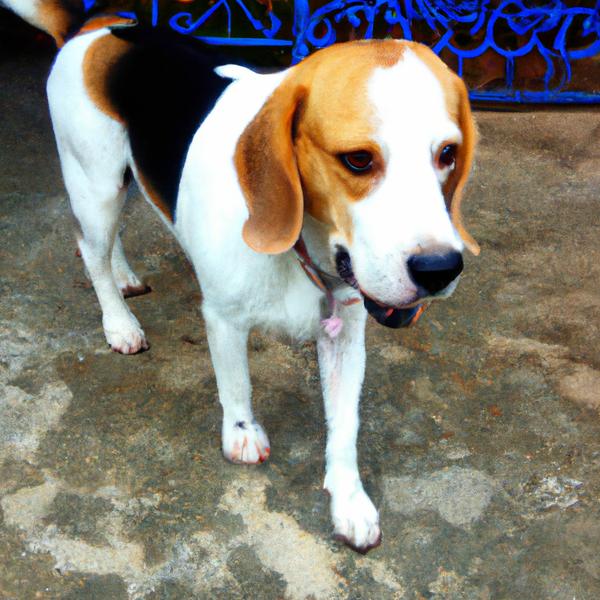
Beaglolo
Corillon vs Beaglolo
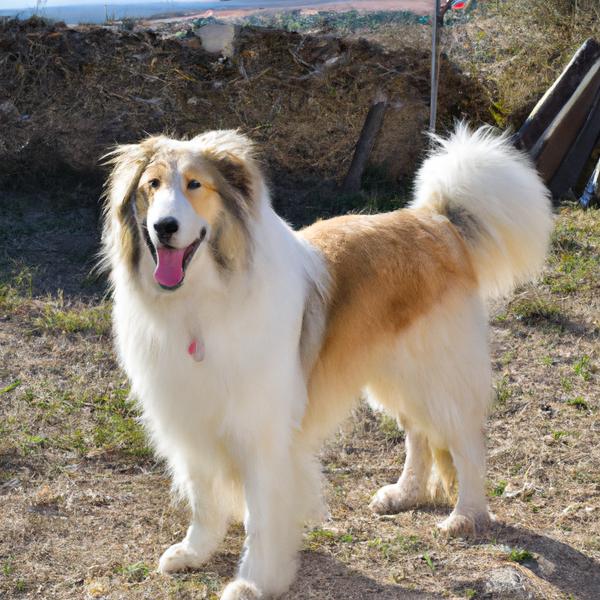
Collie Pyrenees
Corillon vs Collie Pyrenees
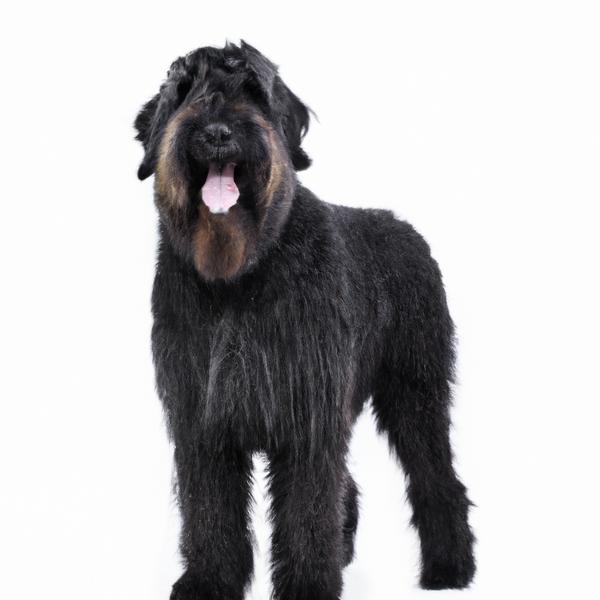
Bouvier des Flandres
Corillon vs Bouvier des Flandres

Tibepillon Terrier
Corillon vs Tibepillon Terrier
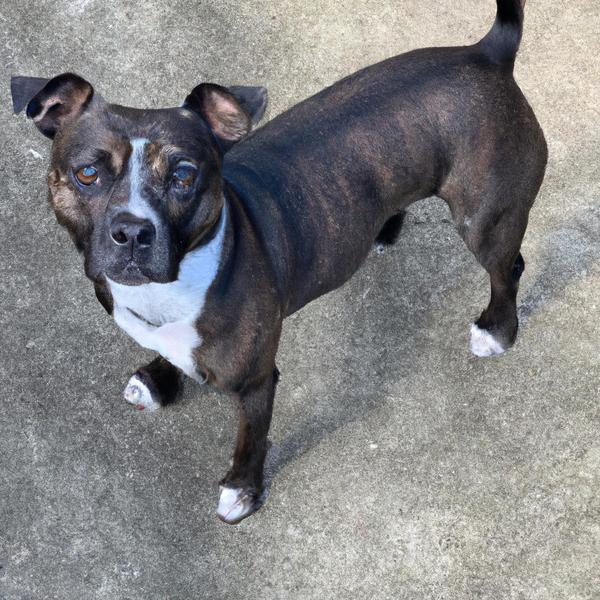
Patton Terrier
Corillon vs Patton Terrier
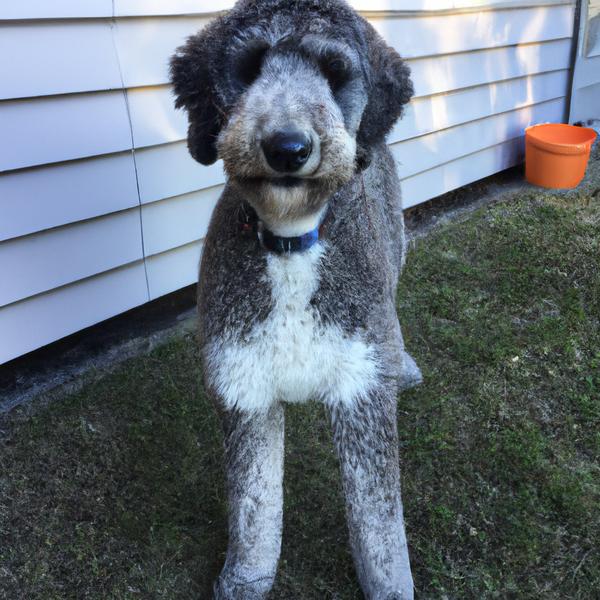
Shepadoodle
Corillon vs Shepadoodle
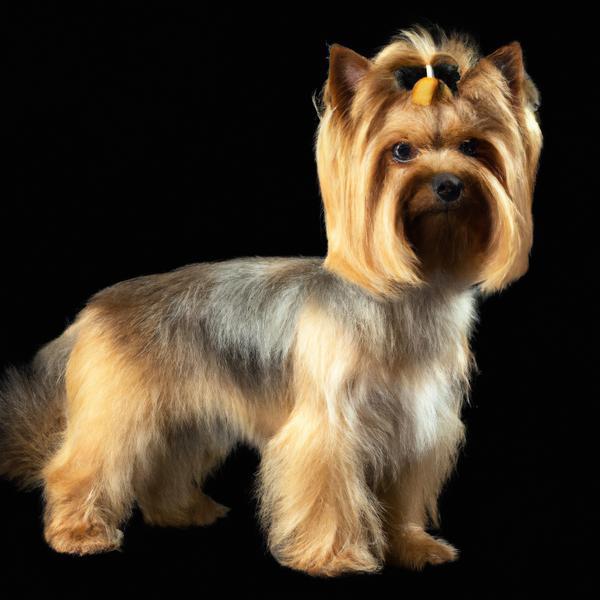
Silkshire Terrier
Corillon vs Silkshire Terrier
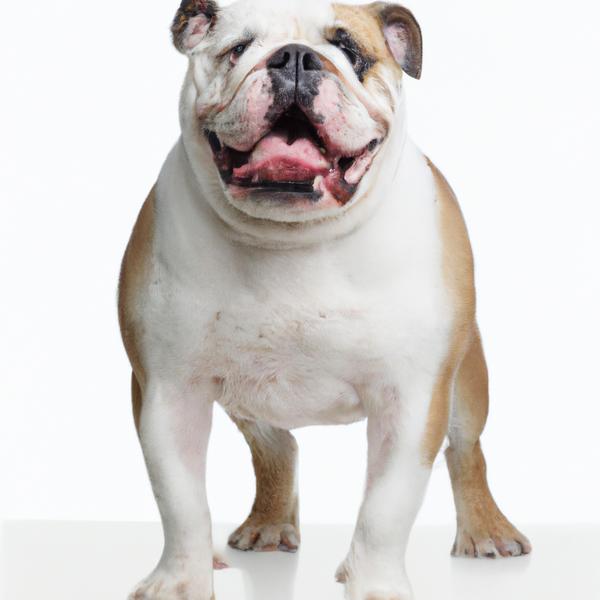
English Bulldog Terrier
Corillon vs English Bulldog Terrier
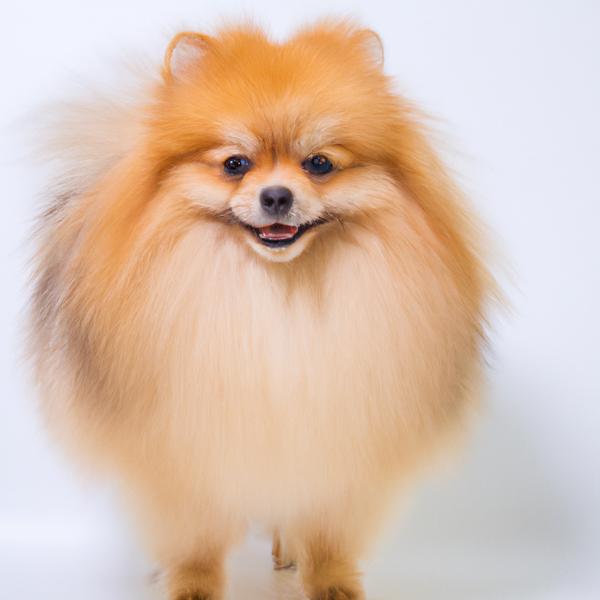
Pom-Kee
Corillon vs Pom-Kee
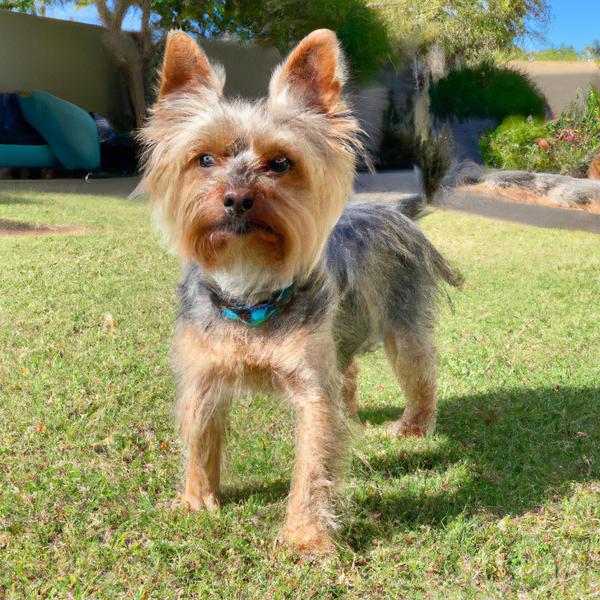
Australian Yorkshire Terrier
Corillon vs Australian Yorkshire Terrier
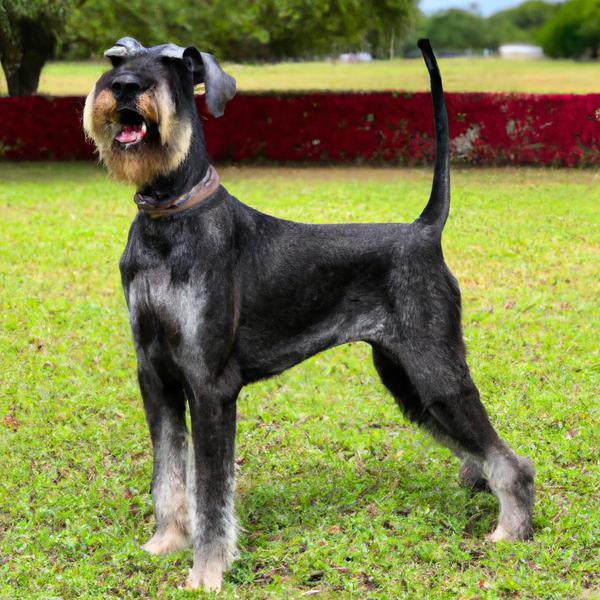
Dobie Schnauzer
Corillon vs Dobie Schnauzer
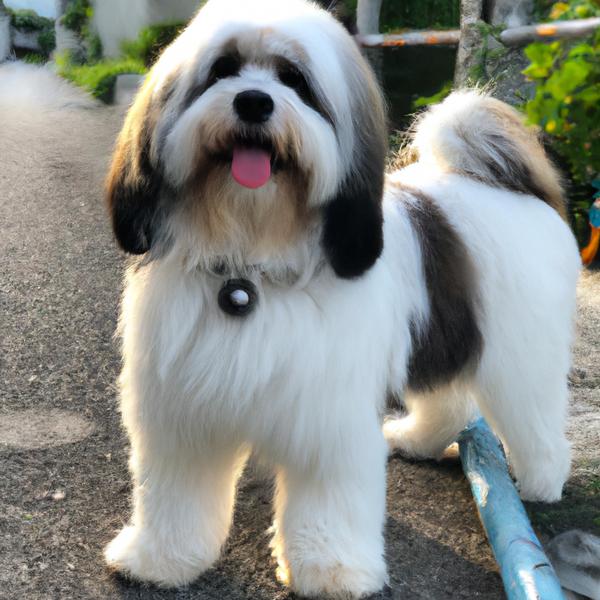
Havashu
Corillon vs Havashu
